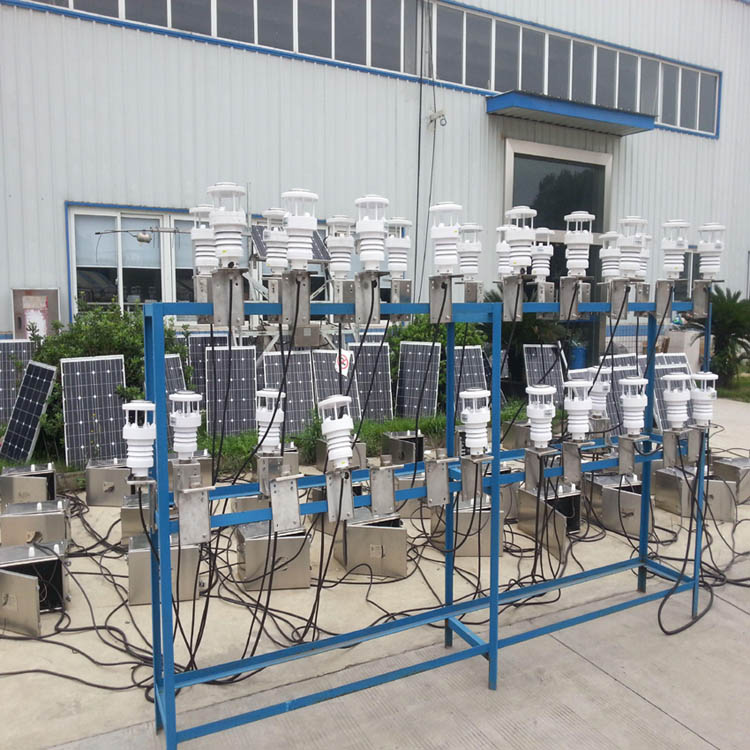Modern large-scale wind generators, in order to make better use of wind resources, usually the control of the impeller direction is not carried out by the tail fins.Instead, wind direction sensors are used to control this angle.Usually the wind direction sensors need to be installed at the top of the wind turbine. However, it is necessary to prevent the impeller from obstructing the measurement of the sensor.If the height of the sensor reaches a certain level, people need to pay attention to lightning protection and leakage prevention treatment of the generator set and the sensor.
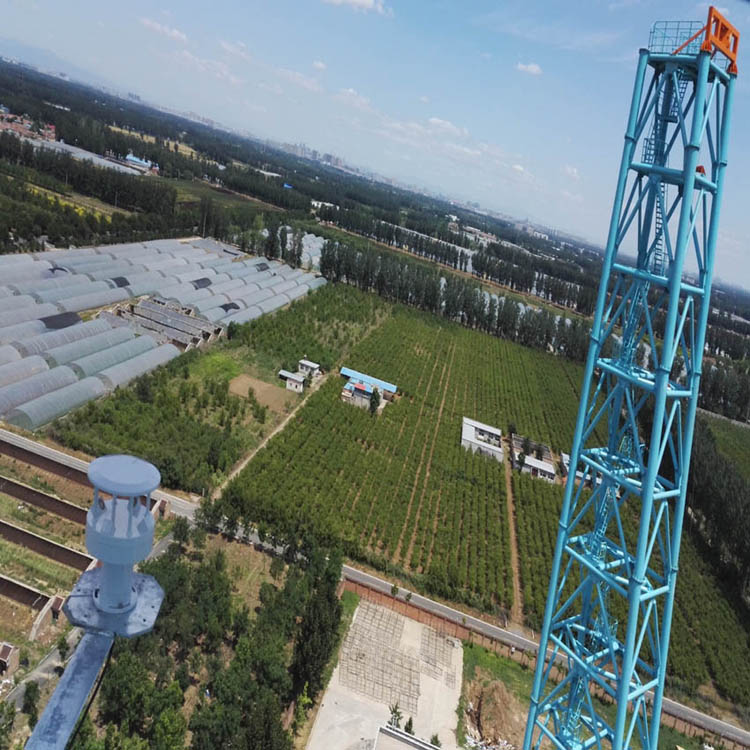
Ultrasonic Wind Speed and Wind Direction sensors installed near wind farms generally have the following two main applications:
1. Ensure that the blades of the wind generator can face the wind direction in real time to ensure that the facts are in normal working condition.
2. The wind direction measuring instrument on the weather station equipment near the wind farm can ensure that windy weather will not pose a threat to the wind turbine.
Tower crane Application
In order to ensure the construction of buildings, most tower cranes usually install wind speed sensor equipment. Its presence allows the crane to alarm when high winds affect the operation of the crane, but when high winds have already begun to affect crane work, It is often necessary to pay attention to changes in the direction of the wind so that countermeasures can be taken against winds of different wind directions. Therefore, wind direction sensor devices have been used on some cranes.
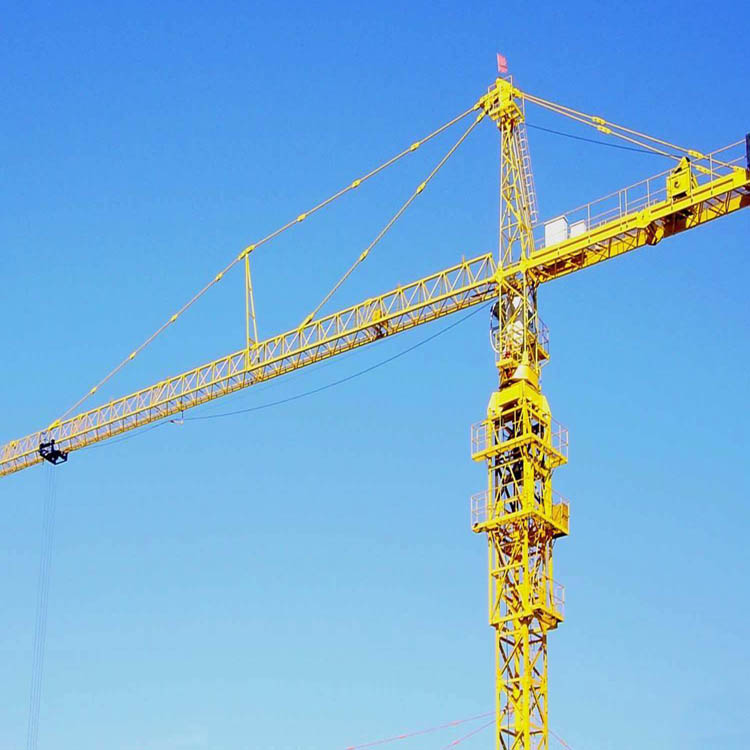
Coal Mine Application
Ventilation equipment installed in the mine often has different models and its operating power also has a big difference.Therefore, it is necessary to use a wind speed sensor device to monitor the wind speed value of each ventilation passage to prevent the ventilation rate at a certain position from being too low.Excessive concentrations of harmful gases appear. In fact, in order to ensure the safety of large, medium and small coal mine production operations, according to relevant regulations, wind speed sensor equipment should be installed in coal mines, and wind speed sensor equipment should be installed in each mining area, wing return air lane and total return air lane. The driving work surface is part of the mining area. Therefore, it is necessary to install a wind speed sensor for the work surface. Excavation work surfaces are more prone to harmful gases. In fact,the main reason why wind speed sensors need to be installed in the driving surface is that normally the harmful gases such as methane, carbon monoxide and gas in coal mines are most likely to appear from the driving surface, and even some gases are formed in the underground gas chamber.The gas is directly some harmful gas, so the coal mine needs to install a wind speed sensor and connect the ventilation equipment at each location.
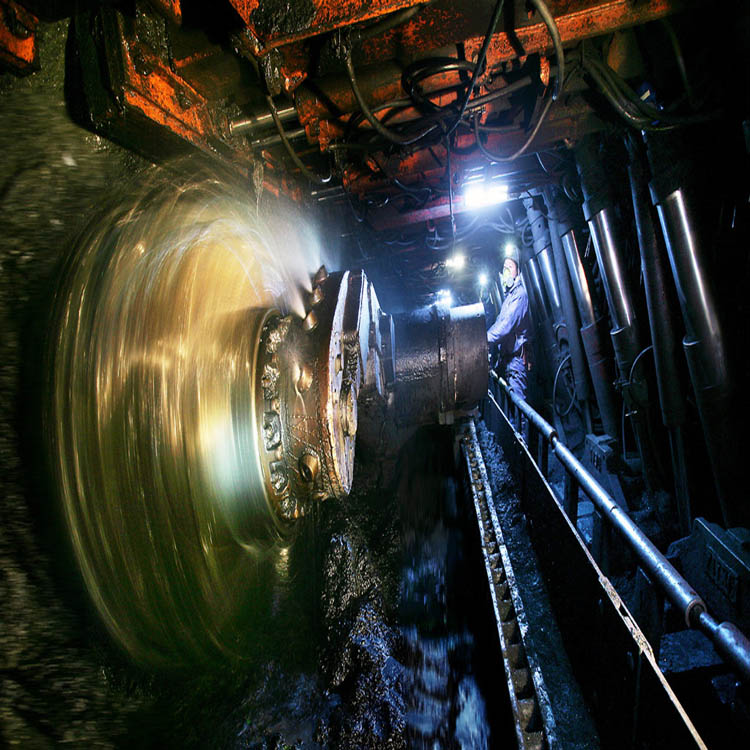
Weather Station Applications
In the field of meteorology, it is usually necessary to observe many kinds of natural phenomena such as changes in wind speed and weather, and of course changes in the direction of the wind. For the measurement of wind direction, it is basically to use wind vane or wind direction sensor equipment to solve this problem.Measurement of changes in wind direction on the ground: In the desertification and desertification of highland and plateau areas, people usually need to pay attention to changes in the speed and direction of the flow of wind, so that more meteorological data can be grasped and a better management plan can be developed. Wind sensors are used as meteorological devices throughout the entire process.
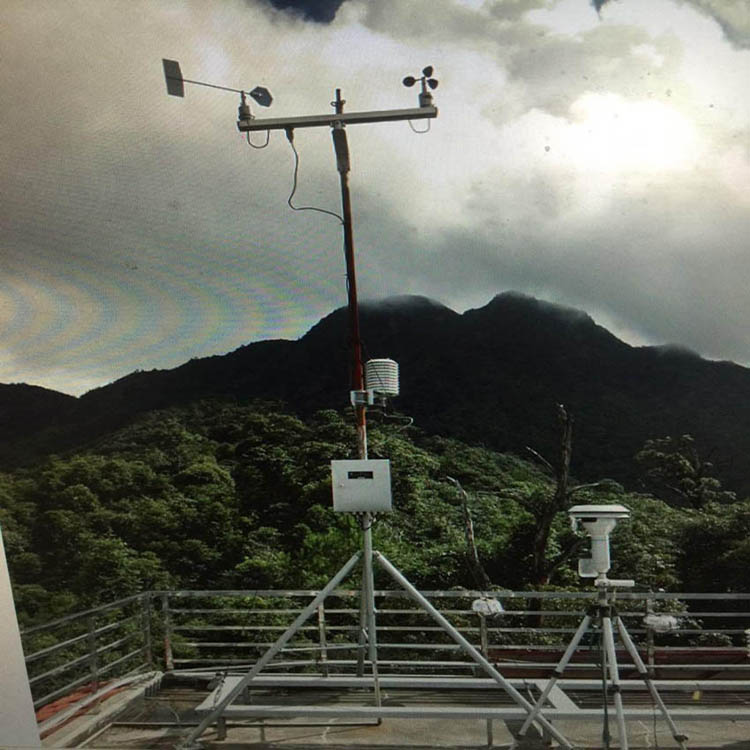
Ocean Storm Warning Application
It can be said that the marine weather forecasting system is one of the important applications of the wind direction sensor in the meteorology field. It is the wind direction change data provided by the marine weather warning system and is one of the important parameters for predicting the typhoon coverage and the “running”trajectory.
